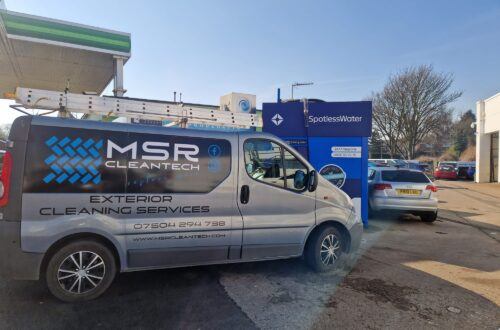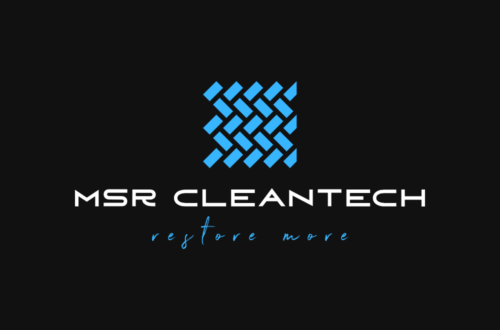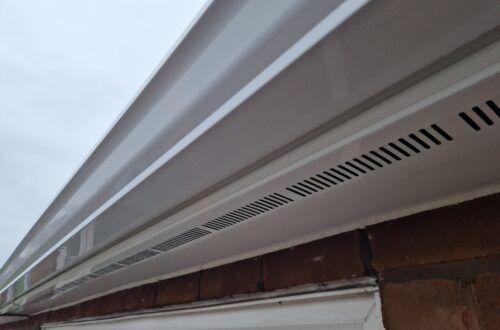Why Choose The Honda GX390 21L/min Pressure Washer? Full Review And Tips
Introduction To The Honda GX390 21L/min Pressure Washer
A couple of months ago, I bought a new pressure washer for my business. In this article, I’ll share everything I’ve learned, the good and the bad.
Choosing a pressure washer can be tricky at first because we all want the best value for our money. My goal here is to explain why I chose this specific model, which should help you understand what type of pressure washer might suit your needs. I’ll keep it simple so anyone can easily see the differences between pressure washers.
Key Features

Water flow rate (21L/min)
When it came to pressure washers, I spent a lot of time debating whether to get a 15 LPM machine or a 21 LPM machine. The flow rate determines how much water the machine sprays out per minute, which is crucial if you don’t plan on using a buffer tank.
Most people’s outside water supply isn’t great. You’re very lucky if you find someone with an outside tap that has a flow rate of 15 LPM or above. Most people have a flow rate between 8-12 LPM. Knowing this, I decided to go for the 21 LPM machine because I knew that, either way, I would need a buffer tank to accommodate the pressure washer most of the time, regardless of whether it was 15 or 21 LPM.
Some people start off with smaller, less powerful machines in the 10-13 LPM range. I opted to avoid this, as I wanted a machine that was fully up to the task when tackling those bigger jobs.
Why is The Water Flow Rate Important?
When I was doing my research for a machine my main aim was to find one that was 21L per minute. I put this over everything else. The reason for this was because I attended an exterior cleaning course and spoke with a couple of guys there who had already been in the game for a while.
They recommended that I use a 21L per minute machine as it dramatically speeds things up when cleaning areas and washing areas down more specifically. It was mentioned that washing down after you have cleaned the area is a lot faster using a 21L per minute machine over a 15L per minute machine. I was sold on the idea so I purchased this Honda GX390 21L machine.
After using it on numurous jobs, its become quite evident that I made the right choice, although I haven’t had the chance to test and compare a 15lpm machine to the 21lpm machine, I can safley say that I wouldn’t want any less than 21lpm now when taking into consideration the wash down time and clearing up.
The Downside of a 21Lpm Machine

On one of my recent jobs, I discovered a downside to using a 21lpm machine. If the water pressure is poor and it takes a lot of time to fill your buffer tank, you will run out of water quickly.
The other issue is that you have to wait quite some time for it to fill back up. Since this machine uses 21 liters per minute and I only have a 240L buffer tank, it became slightly frustrating. However, there is always something you can do while waiting for your buffer tank to fill back up, so you can tackle other tasks in the meantime. I have only had this issue on one job so far though. When the water pressure is good, I’ve had no issues with any of the above statements.
How to Mitigate
Don’t let this discourage you from using a 21lpm machine. They definitely have their benefits, and when you start taking on larger jobs, you’ll want at least 21lpm, so keep that in mind.
To mitigate water pressure issues, you could invest in a bigger buffer tank, like a 500L or 1000L, if possible. I chose a 240L wheelie bin as my buffer tank because I use it for equipment storage in the back of my van and as a buffer tank on-site. It doesn’t take up too much space, but this will depend on the size of your van.
Durability and build quality
Honda GX390 Engine
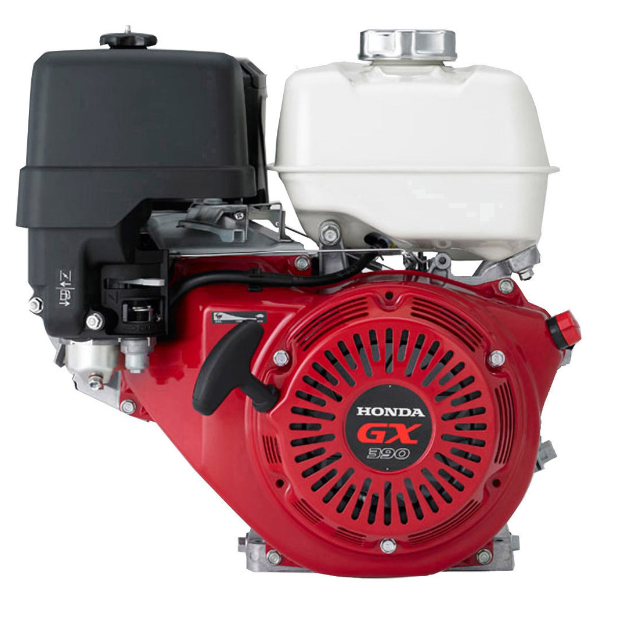
First of all lets talk about the engine. As some of us may already be aware, the Honda GX390 engine is known for its exceptional durability and build quality.
Whether you’re using it for commercial or residential purposes, the Honda GX390 is built to handle tough jobs with ease, giving you peace of mind knowing you have a sturdy and dependable engine on your pressure washer.
I had looked at other makes of pressure washers with different engines, but if you have done some research already online you will have probably found out that the Honda GX390 is the industry standard for pressure washers so it’s certainly not a bad place to start.
Pump & Gearbox
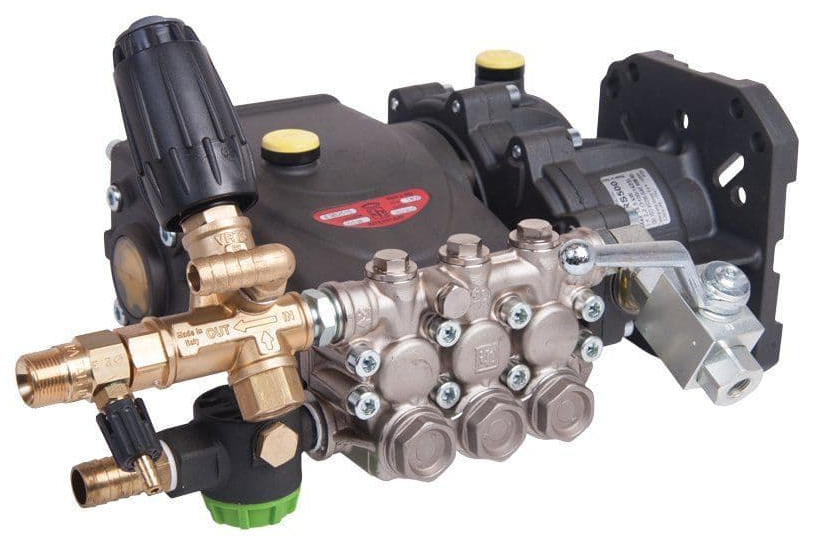
- 21 Lpm – 200 Bar
- 10.9 Hp, 8.13 kW
- Interpump E3B2121M pump
- Interpump RS500 gearbox
- VRT3 unloader valve – M22 outlet
- Adjustable chemical injector
- Easy prime valve
- Inlet filter – 3/4″ hose barb inlet
- Suitable for Honda GX390K1QX engine
Frame/Trolley
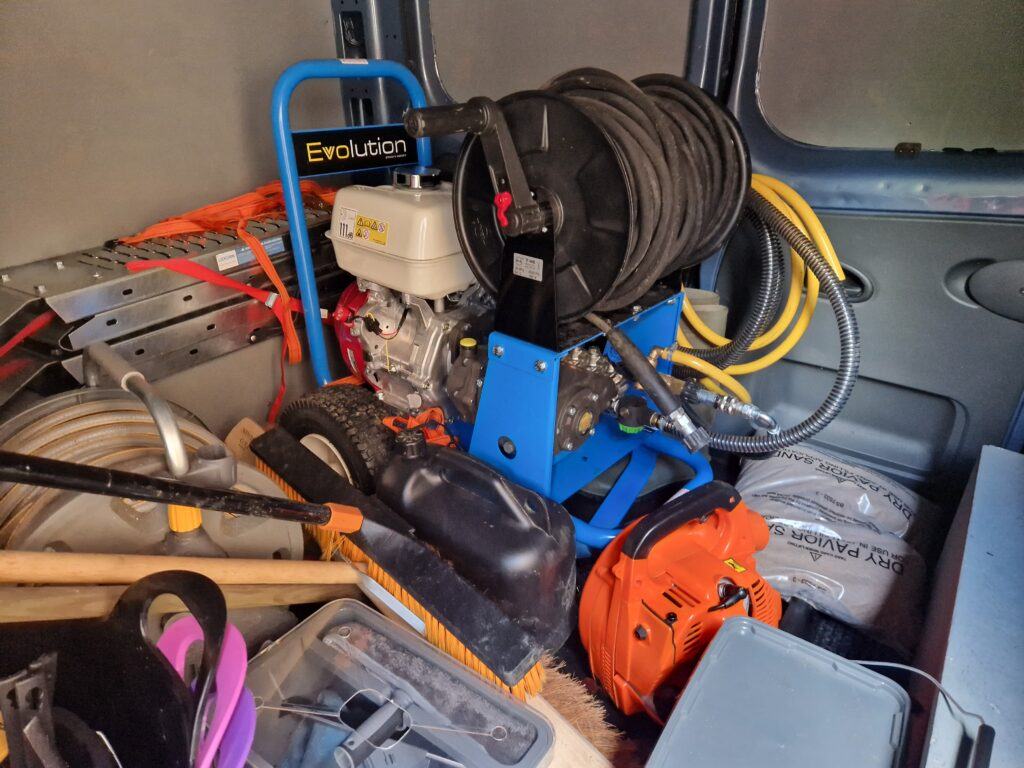
Now let’s talk specifically about the pressure washer frame. Mine is the Evolution model built by Dual Pumps. It has a solid blue frame that is incredibly sturdy, obviously designed to withstand tough working conditions. The frame is clearly well-constructed, ensuring durability and reliability in demanding environments.
Depending on which company you buy from, the trolleys will vary. Anything built with the same or similar engine, pump, and gearbox will probably be well built overall. However, don’t get too caught up on the frame of the pressure washer; the important parts are the engine, pump, and gearbox.
Performance Review
As you can see, it comes well-equipped with a high-quality pump and gearbox for maximum efficiency. If you are just starting out, don’t get too caught up in the PSI and bar ratings. With 200 bar and 2900 PSI, this pressure washer provides more than enough power to clean almost anything.
Since using mine, I haven’t encountered any task it couldn’t handle, and I don’t expect to anytime soon. I bought this machine not only to last for years but also to tackle virtually any job I throw at it.
The robust build and powerful specifications ensure that it can handle both routine and heavy-duty cleaning tasks with ease. This means you can confidently take on a variety of jobs, from cleaning driveways and decks to more demanding commercial tasks.
Design Flaw
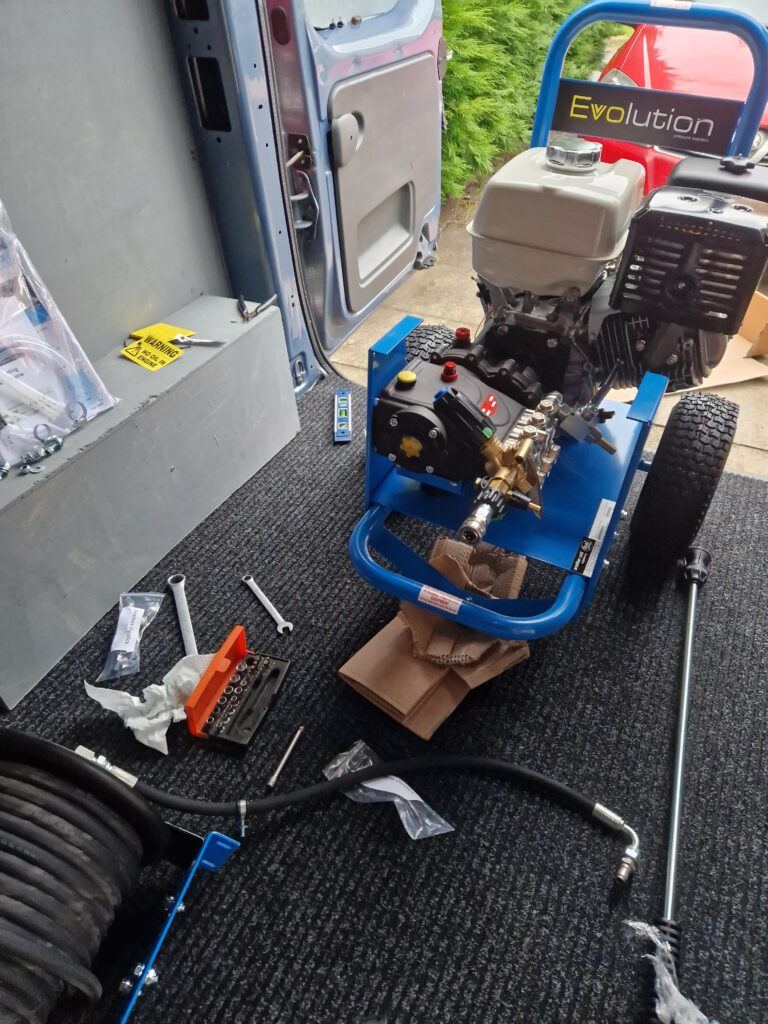
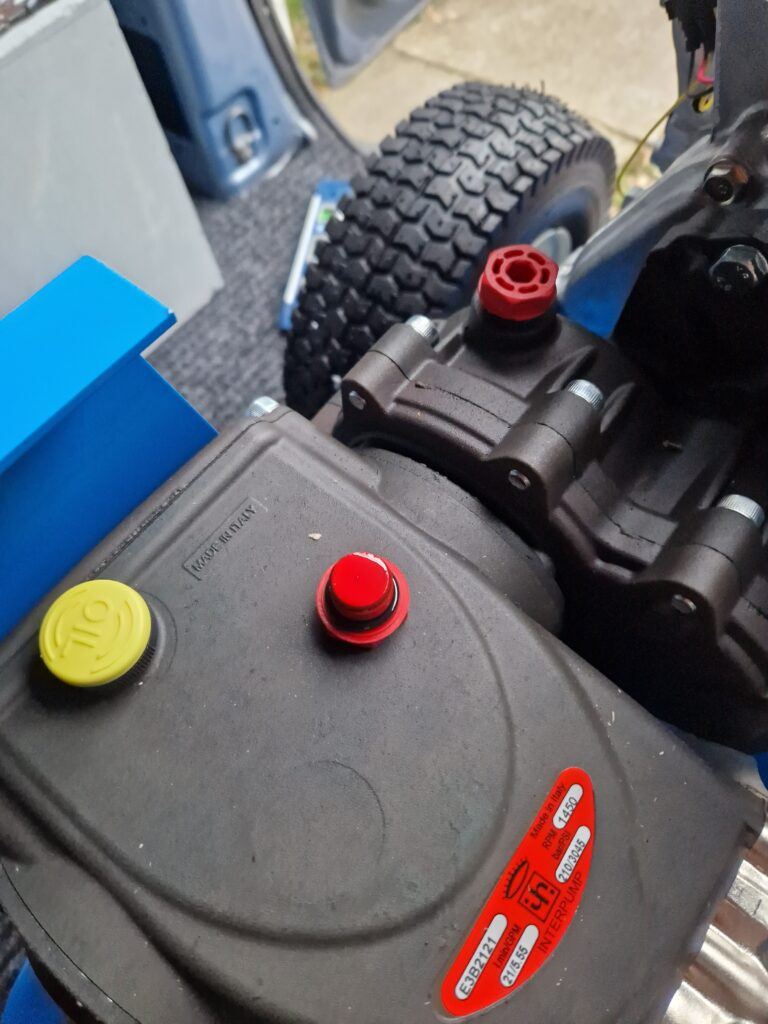
One issue I found with the pressure washer right away was the lack of access to the pump oil dipstick. To install the dipstick from new, I had to remove the hose reel and mount from the frame to gain access. This isn’t a big deal, but it’s something that’s been overlooked. I will also need to take this off again when changing the pump oil in the future. As I said, not a big deal, just a little inconvenience that I thought I would share.
Ease of use and portability
Pressure washers like this one are not light by any means. The weight will vary somewhat, but this particular model is around 65-70kg, including the high-pressure hose fitted to the frame.
It’s easy to move around on flat surfaces but can be a struggle when getting it back into the van. It’s crucial to have van ramps available at all times for loading and unloading. Later on, I’ll talk more about the high-pressure hose and how it can help minimize the need for frequent loading and unloading.
Comparisons with other models/brands
Unfortunately, I can’t speak much about other brands as I haven’t owned any other pressure washers to date. However, you won’t go wrong if you purchase a Honda-powered pressure washer. As I mentioned earlier, these engines are superior.
Different companies build pressure washers with varying frames and equipment, but the most important parts are the engine, pump, and gearbox. If a company uses top-quality parts like a Honda engine, it’s highly likely that the rest of the pressure washer is built with quality components as well.
Fuel efficiency and operational costs
The fuel consumption on my Honda GX390 isn’t great. It probably uses around £5-7 worth of petrol for every hour of use at full revs when pressure washing areas. This is a rough estimate but likely close to accurate. Remember, all these costs should be factored into your day rate or per square meter rate when you quote your customers.
User Experience
Setup and maintenance tips
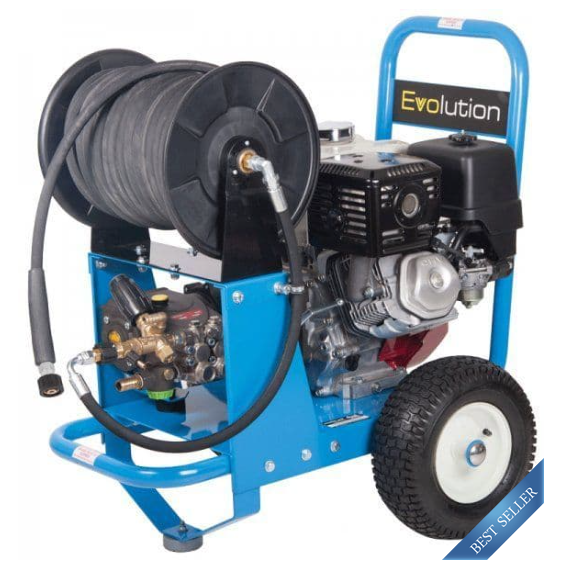
Setting up your pressure washer is an easy task. Below, I have added video links for tutorials showing you exactly how to set it up, from unboxing to correctly shutting the machine down. These step-by-step guides will ensure you get the most out of your equipment and maintain it properly.
Regular maintenance and care
Sure, here is the table in a static format:
Maintenance Schedule
| Activity | Component | Each/First Use | 3 months or 50 Hours | 12 months or 100 hours |
|---|---|---|---|---|
| Inspect / top up oil levels | Engine | * | * | |
| Gearbox | * | * | ||
| Pump | * | * | ||
| Change Oil | Gearbox (EP90 Gear Oil) | * | * | |
| Pump (SAE30 Pump Oil) | * | * | ||
| (Change engine oil in-line with the engine manufacturer’s recommendation), or at | First 3 months or 50hrs only | * | ||
| Clean water inlet filter | * | * | ||
| Inspect and or change, engine/gearbox drive key | * | * | ||
| (It is recommended that you consult your dealer before performing this item of maintenance) | (if required) | |||
| Inspect high-pressure hose and its connection for tightness and damage | * | * | ||
| Inspect suction hose and its connections for tightness and damage | * | * | ||
| High pressure jet | Inspect | * | * | |
| Change | * | * | ||
| Pneumatic tyres | * | * | ||
| Check/Inflate tyre pressures (0.7bar, 10psi) | * | * |
Accessories and attachments to enhance functionality
High Pressure Hose
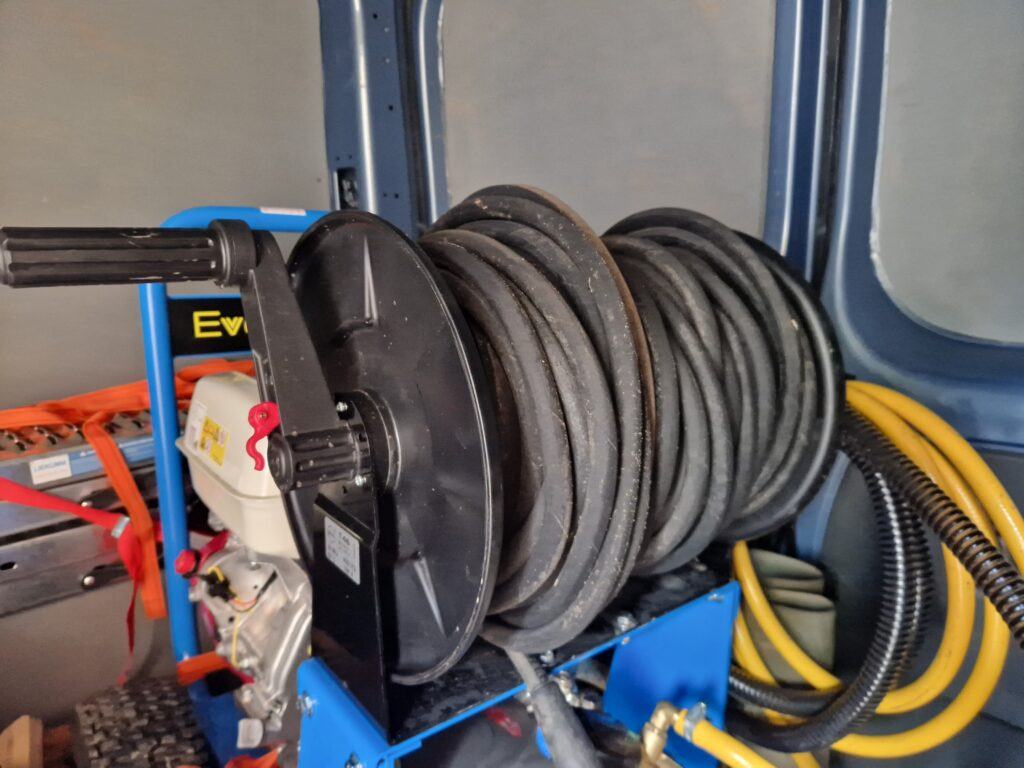
I briefly mentioned this earlier, but this specific model comes with a 40m high-pressure hose, which has been a lifesaver for me.
When I first started in the exterior cleaning business, I assumed I would load and unload the pressure washer for each job. After doing this once on one of my first jobs, I quickly realized it could become quite inconvenient, especially when you have multiple jobs in a day.
If you can get a pressure washer with a 40m or longer hose, I highly recommend it. My pressure washer now stays in the van for most jobs due to the hose length, making it a must-have in my eyes.
How To Protect Your High Pressure Hose While Pressure Washing
Turbo Lance/Rotary Nozzle
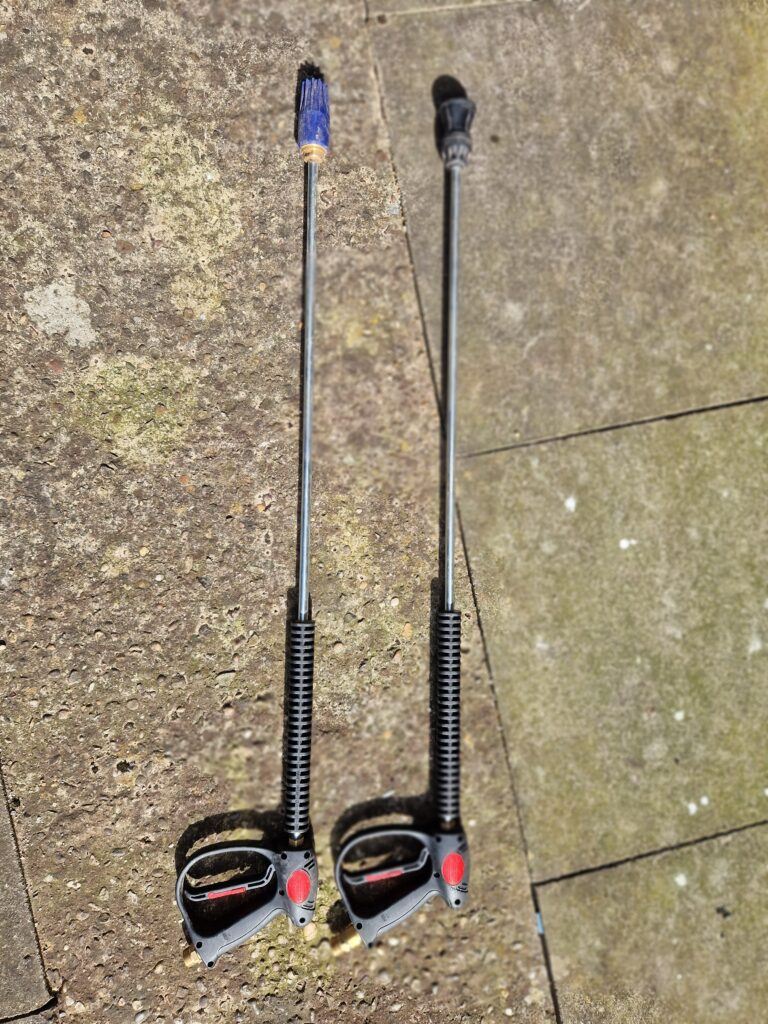
The second thing you’ll definitely want is a Rotary Nozzle or Turbo Nozzle (Blue nozzle end). Having one of these is essential. Unfortunately, this pressure washer did not come with one, so I spent £60 to purchase it. Having a Rotary nozzle is a must so if you buy a machine that does not come with one, it’s essential that you do purchase one.
Pros and Cons of the Honda GX390 21L/min Pressure Washer
Pros
High Water Flow Rate
- The pressure washer has a water flow rate of 21 liters per minute, which ensures efficient and thorough cleaning.
- This flow rate is particularly beneficial for heavy-duty tasks and larger cleaning areas.
Durable Honda GX390 Engine
- Known for its exceptional durability and build quality.
- Suitable for both commercial and residential use, ensuring longevity and reliability.
Solid Build Quality
- Features a sturdy frame and high-quality components such as the Interpump 59 series pump and a 1450 RPM gearbox drive.
- The powder-coated trolley with 13″ wheels enhances durability and ease of movement on flat surfaces.
Comprehensive Setup
- Comes equipped with a return to tank unloader valve, external chemical injector, and an easy prime ball valve.
- Includes a trolley mounted reel with a 40m high-pressure hose, enhancing its functionality and ease of use.
Effective Performance
- Capable of delivering 200 bar (2900 PSI) pressure, suitable for a wide range of cleaning tasks.
- Designed to handle tough cleaning jobs without any struggle, making it a reliable choice for demanding tasks.
Ease of Use
- Despite its weight, the pressure washer is easy to move around on flat surfaces.
- The long high-pressure hose allows for minimal movement of the unit, often eliminating the need to unload it from the van for each job.
High-Pressure Hose
- The included 40m high-pressure hose significantly enhances the usability of the machine.
- Reduces the need for frequent loading and unloading, saving time and effort.
Cons
Heavy Weight
- The pressure washer is quite heavy (around 70-80 kg), making it challenging to load and unload without van ramps.
- Portability can be an issue on uneven surfaces or when transporting it in and out of vehicles.
Fuel Consumption
- The Honda GX390 engine is not very fuel-efficient, consuming approximately £7 worth of petrol per hour at full throttle.
- High operational costs can impact the overall cost-effectiveness, especially for prolonged use.
Setup and Maintenance
- While setup is straightforward, regular maintenance is necessary to keep the machine running efficiently.
- Users need to be diligent about oil changes and other routine maintenance as outlined in the manual.
Initial Cost
- The machine’s initial cost can be high, especially when considering the purchase of additional necessary accessories like the turbo nozzle.
- The added expenses for essential accessories can increase the overall investment.
Pump Oil Access
- Lack of access to the pump oil dipstick requires removing the hose reel and mount from the frame.
- Future pump oil changes will necessitate removing the hose reel and mount again.
Conclusion
In summary, choosing the right pressure washer can be challenging, but understanding the key features and benefits of the model you select can make a significant difference. My Honda GX390 with a 21LPM flow rate has proven to be a reliable and powerful tool for various cleaning tasks, handling everything I’ve thrown at it with ease
While the high water flow rate and durable build make it ideal for both residential and commercial use. There are some downsides, such as the weight and fuel consumption. However, with proper planning and consideration of accessories like a high-pressure hose and pricing, these issues can be mitigated.
Overall, investing in a high-quality pressure washer like this one is worthwhile if you an efficient cleaning solution. Make sure to factor in operational costs and maintenance to ensure it continues to perform at its best for years to come.
Related Posts
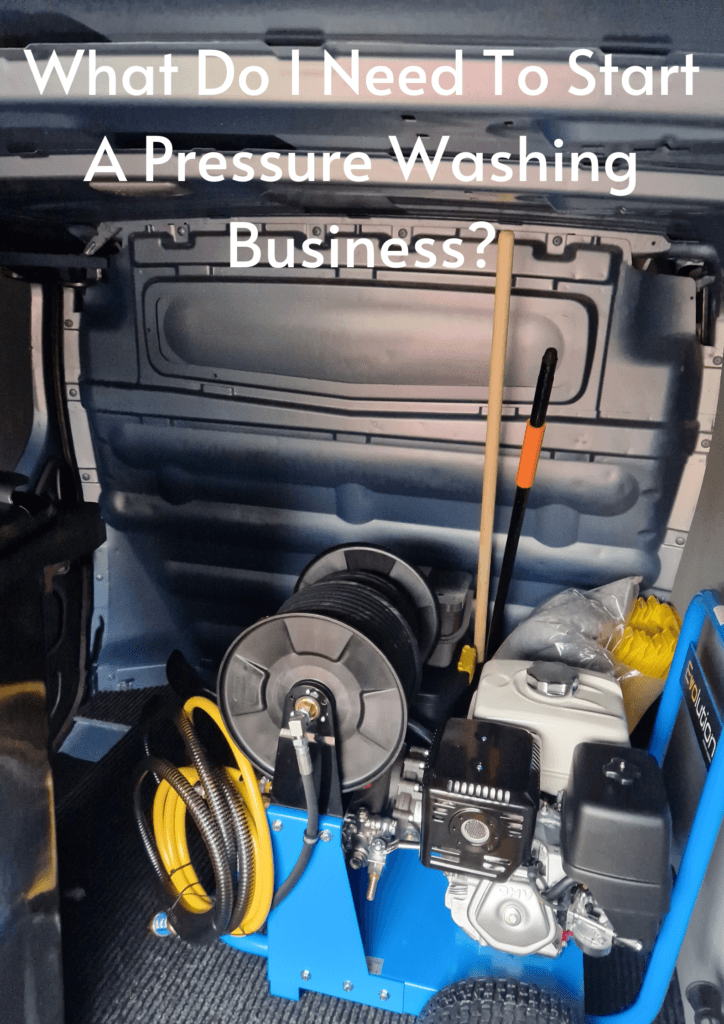

martin@msrcleantech.com
Exterior Cleaning, England, South Yorkshire UK



